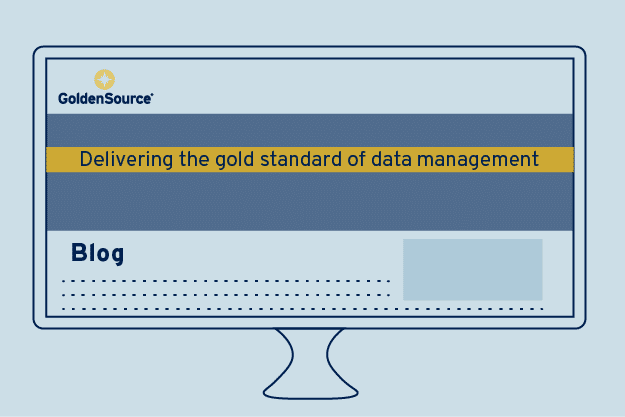As compliance deadlines continue to stack up, GoldenSource explains why the data scientist is playing an increasingly vital role in ensuring financial institutions avoid heavy fines…
In the ongoing discussion about the need to use data to increase business value, it is imperative to substantiate the argument with practical, real-world use cases.
Otherwise, the debate becomes just another line of marketing waffle around big data – an area already suffering from too much hype.
The reality is that before financial institutions look at data to inform their decision making, they need to analyse the business challenge.
In an era where compliance is king, there are a few key questions that senior executives need to answer: how do I ensure my firm doesn’t get fined? And how does my firm meet every single piece of legislation point by point?
From FTT, to EMIR/MiFID I/II, regulations have been coming thick and fast since 2008.
The problem is that if financial institutions tackle each regulation in insolation, they will build up disparate pockets of data. These various data sets are likely to be scattered across the organisation and inconsistent with one another. The first step is making sure you have all this information standardised and accessible from a single location. This should enable you to gather all the data needed to help address any given regulatory challenge.
This is an important stage but the tricky second part is finding someone to make sense of what is going on.
Who is coming up with the right data at the right time to enable a firm to comply with the latest requirement? This is where the analytical mind of the data scientist comes into play. Whether it’s defining standards such as data dictionaries, seeking out the key relationships between data sets, or supporting proper data discussions within multiple projects, the data scientist is best placed to establish a companywide capability to deliver compliance-critical information to the business.
Take the world of derivatives.
A major bank will have an internal CRM system, which it could be using to help identify what products they can sell to existing clients. In a market where regulation has forced OTC contracts to trade over exchanges, this is no easy task. Banks need to know if their clients qualify under EMIR in order to be able to trade with them. By analysing key client information around EMIR, data scientists can inform the business about the right clients to target with new derivatives products.
In addition to advising on how best to use data around compliance laws, the data scientist can play a role in addressing the simple-sounding but highly complex challenge of party identification. This involves assembling company information, legal entity identifiers and subsidiary relationships. Once assembled, a financial institution can assess whether an entity one department it is trading with has any relationship to another entity which a different line of business is on-boarding. This is all for the purposes of defining trading limits, measuring exposure, and properly aggregating information for top-level regulatory reports.
As deadlines come and go, there has never been a better time for the role of the data scientist to come into its own.
The more data you have around regulation, the more relationships can be found to make accurate predictions in order to create further revenue opportunities. With industry responses to regulatory measures just around the corner, financial institutions that liberate the position to enable them to avoid financial penalties today, could well see new revenue streams emerge in the future.
Contact us to learn more

